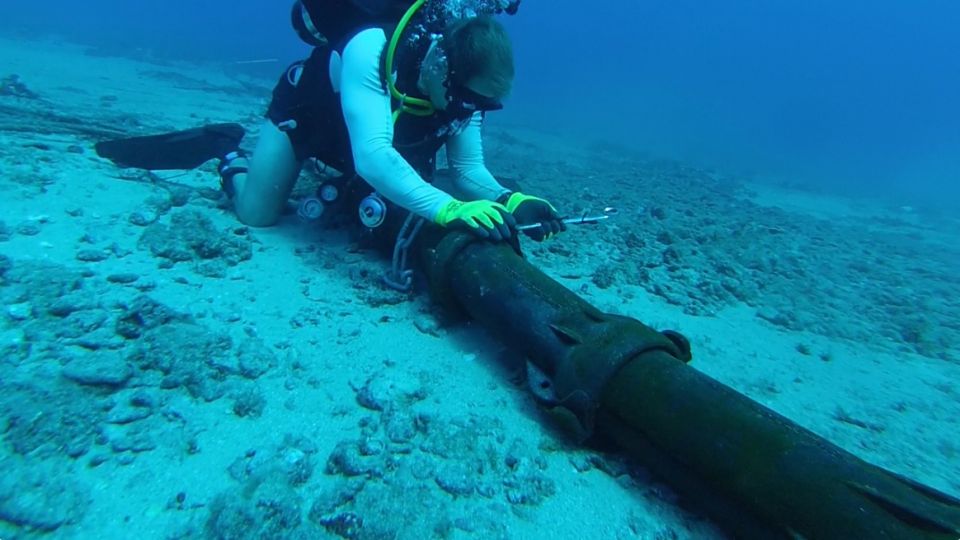
Advancing Black Sea Power Cable to Link EU and Caucasus
The ambitious plan to construct a power cable beneath the Black Sea envisions linking the European Union (EU) with the burgeoning energy markets of the Caucasus. This groundbreaking infrastructure project marks a significant stride in reshaping energy distribution networks in the region. By establishing a direct connection, it promises to bolster energy security, diversify energy sources, and support sustainable energy initiatives across the European continent.
A Vision for Energy Integration
The Black Sea power cable represents a bold initiative to integrate the energy markets of the EU and the Caucasus, regions traditionally divided by geopolitical boundaries. This project seeks to transcend political and geographical limitations by physically connecting these territories through a high-capacity submarine cable. The integration is aimed at increasing the capacity, security, and reliability of energy supply chains, providing a mutual benefit to both sides.
Enhanced connectivity provided by the Black Sea power infrastructure could stimulate substantial economic growth in the Caucasus. It opens up avenues for local energy producers to access larger markets in the EU and facilitates the spill-over of technical expertise and innovation. For the EU, it represents an opportunity to diversify its energy portfolio and reduce dependence on any single external energy provider.
Strategic Importance of the Black Sea Power Cable
The Black Sea has long been a strategic corridor for trade, transport, and now energy. Connecting the EU and the Caucasus through the Black Sea power cable underscores the evolving significance of this region as a critical energy hub. This strategy is not only about energy transfer; it's about leveraging the geographical position of the Black Sea to enhance regional cooperation and contribute to broader geopolitical stability.
In addition to providing energy security, the Black Sea power project underlines the commitment of involved countries to pursue energy decarbonization. The power cable could facilitate the transfer of renewable energy from resource-rich Caucasus countries, such as Georgia and Azerbaijan, directly into the EU grid.
Technical and Economic Feasibility
In terms of feasibility, the Black Sea power cable project is a technical marvel, drawing from existing technologies for high-voltage direct current (HVDC) transmission. The HVDC setup is particularly suited for submarine cables due to its efficiency over long distances. This suitability makes the Black Sea project both technically viable and potentially transformative for the energy landscape in both regions.
Economically, the infrastructure investment promises substantial returns. The establishment of this power corridor is anticipated to attract further investments in renewable energy projects, such as wind and solar parks in the Caucasus. These projects are not only expected to benefit from greater access to investment but also from improved technical standards and operational efficiencies that come with market access to an expanded EU energy network.
Potential Challenges and Solutions
While the prospects of the Black Sea power cable are promising, the project is not without its challenges. Political instability in the surrounding regions could pose a threat to the implementation and longevity of the cable. Diplomatic engagement and regional collaborations are vital in ensuring that local political dynamics do not derail this important initiative.
Moreover, the financial scale of this project demands careful planning and international cooperation. Engaging multiple stakeholders, including private investors, governmental agencies, and international organizations, will be essential to overcoming funding barriers. Transparent exchanges and compelling evidence of mutual benefits are expected to attract broader international backing.
Environmental Considerations
In addition to political and financial challenges, environmental considerations must be addressed comprehensively. Engaging environmental experts from the project's inception through its completion can help mitigate adverse ecological impacts. Measures should include thorough environmental impact assessments (EIAs), stakeholder consultations, and strict adherence to environmental regulations to protect the Black Sea's biodiversity.
Technology and Innovation
Technological innovations are a pillar of the Black Sea power cable's development. Continued research and innovation can ensure the project's success, as well as its sustainability. Investments in cutting-edge transmission technology and advancements in renewable energy can drive the project forward. Collaboration between tech companies and energy firms could lead to breakthroughs in efficiency and operational effectiveness.
Conclusion: A Path Forward
The Black Sea power cable project is a testament to the power of collaboration, innovation, and strategic foresight. By bridging Europe with the Caucasus, it promises to transform the energy landscape, enhancing energy security for the EU and unlocking economic potential in the Caucasus. The project stands as a beacon of cooperation amidst an often-divided geopolitical context.
The path forward is clear: through continued diligence, collaborative effort, and a commitment to sustainable practices, the Black Sea power cable could indeed fulfill its promise. As it advances to the next phase, international support and regional solidarity remain the cornerstones for realizing this transformative energy project.


